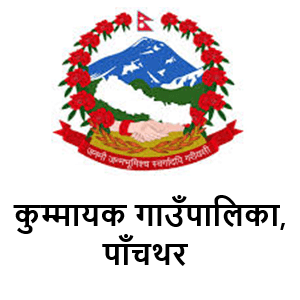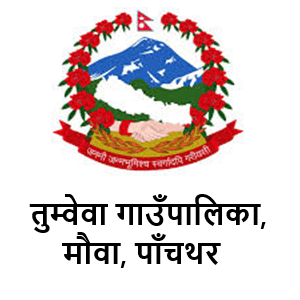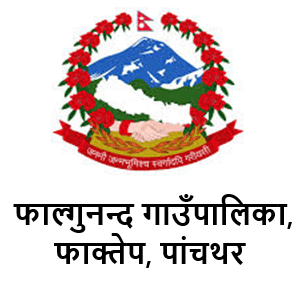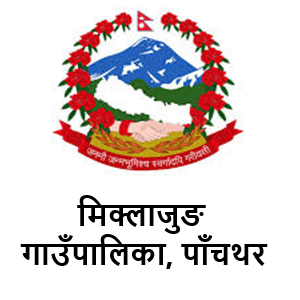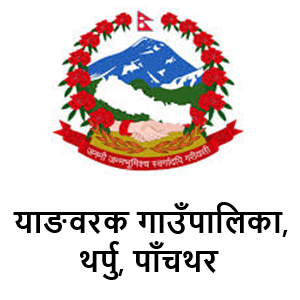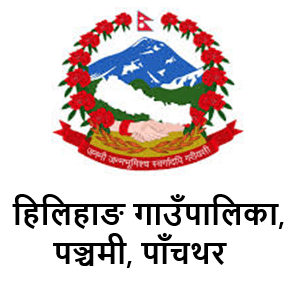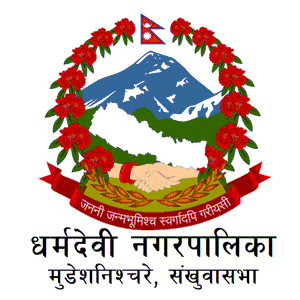Overview
Phalelung Rural Municipality (Gaupalika - फालेलुङ गाउँपालिका, पाँचथर) is located in the northeastern part of Panchthar District in far eastern Nepal. The municipality includes wards 3, 4, 5, and 6 of Panchthar and borders India along the Mahabharat mountain range. It derives its name from the hill known as “Phalelung,” a site deeply connected to the local people’s history, identity, language, and culture.
This area holds both geographic and historical importance. The name “Phalelung” is not just a reference to the hill but also to its cultural resonance among the locals. In recent years, Phalelung Hill has emerged as a new tourist destination for both domestic and international visitors. Historical records from British-era India suggest that a road was even built to facilitate access to the views of Kumbhakarna (Phoktanglung) and Kanchenjunga (Kewalung) mountains, thereby enhancing their appeal.

Origin of the Name "Phalelung"
The word “Phalelung” originates from the Limbu (Yakthung) language and refers to a native place name. Multiple oral traditions exist regarding its origin.
One version links the name to the area's natural rock formations. While traveling to Darjeeling (Muglan), locals used to pass rocky surfaces that appeared in sheets. These sheet-like stones were called “Kubhak-Kubhak Lung” or “Faksinglung” in the Limbu language. Over time, “Faksinglung” transformed into “Phalelung,” and the place eventually adopted the name of these stones.
In another account, local Limbu traders heading to Darjeeling to sell piglets would rest at this hill. They would allow their pigs to rest and feed on the rocks there. These rocks were called “Faknamlung” — ‘Fak’ meaning pig, ‘Nam/Nama’ meaning to rest, and ‘Lung’ meaning stone. Eventually, “Faknamlung” was shortened to “Faklung,” and this evolved into “Phalelung.”
Another interpretation suggests that the name originates from the area's weather conditions. The hill would often cause altitude sickness (“lek lagne”) to travelers. The affected rocks were referred to as “Fangleplung” — with ‘Fanglep’ meaning to feel altitude sickness and ‘Lung’ meaning stone. This term later transformed into “Phalelung.”
Yet another belief claims the name originated due to snowfall in the area. During winter, the stones would be completely covered in snow, appearing white. These were called “Pha:leklung” — ‘Pha:lek’ meaning white snow and ‘Lung’ for stone — which eventually turned into “Phalelung.”
Thus, the name “Phalelung” evolved through linguistic transformation and geographical association. The entire rural municipality is named after this iconic hill.
Borders and Neighboring Areas
Phalelung Rural Municipality shares its eastern border with the Indian states of Sikkim and West Bengal. To the north lies Yangwarak Rural Municipality, to the west is Hilihang Rural Municipality, and to the south are Fidim Municipality and Sandakpur Rural Municipality, both in Ilam District.

Area and Population
-
Total Area: 207.14 square kilometers
-
Administrative Division: 8 wards
-
Households: 4,915
-
Population:
-
Female: 10,119
-
Male: 10,242
-
Total: 20,361
-
Land Use and Agriculture
-
Forest Area: 5,565 hectares
-
Agricultural Land: 20,320 hectares
Major Tourist Attractions
Phalelung is renowned for its numerous natural and cultural attractions, which offer tourism potential throughout the year. Key places include:
-
Hilltops and Viewpoints:
-
Falot
-
Teen Simana
-
Chaar Raate
-
These areas remain snow-covered for four months and are home to:
-
28 species of rhododendrons
-
Over a dozen valuable medicinal herbs
-
Major Rivers:
-
Hewa Khola
-
Kheutham (Kheotham) Khola
-
Nawami Khola
-
Muwa Khola
-
-
Notable Waterfalls:
-
Panawa Waterfall
-
Muwa Waterfall
-
Teen Chhange Waterfall (Kheothawa)
-
-
Beautiful Lakes and Ponds:
-
Sukepokhari
-
Lampokhari
-
Bhanse Pokhari
-
Jaljale Pokhari
-
Hewaganga
-
Nepali Flag Pond
-
Religious and Cultural Sites
Phalelung also hosts numerous sacred sites significant to various ethnic groups, especially the Limbu community. These include:
-
Muklung (Muklung Ghuri)
-
Shivganga
-
Agejung Gumba
-
Pathibhara
-
Mahadevsthan
-
Narelung Dham
-
Hewakothi
-
Budhitham
-
Saplalung (Ke:lung)
-
Thakepung
These religious sites contribute to the spiritual fabric of the community, attracting pilgrims and cultural explorers alike.
Economy and Livelihood
The primary occupations in Phalelung are:
-
Agriculture
-
Animal husbandry
-
Tourism-based activities
These sectors support the livelihoods of the rural population and are central to the local economy.
Ethnic and Cultural Diversity
The rural municipality is home to a wide mix of ethnic communities, including:
-
Limbu (Yakthung)
-
Rai
-
Chhetri
-
Brahmin
-
Magar
-
Tamang
-
Kami
-
Damai
-
Sarki
-
Bhujel
-
Sherpa
This diversity contributes to a rich cultural heritage where multiple languages, traditions, and beliefs coexist.
Vision for the Future
With a harmonious blend of nature, culture, and potential for sustainable technology integration, Phalelung Rural Municipality holds a promising future. Embracing ecological preservation while fostering responsible development can help transform the region into a vibrant and prosperous rural hub.


